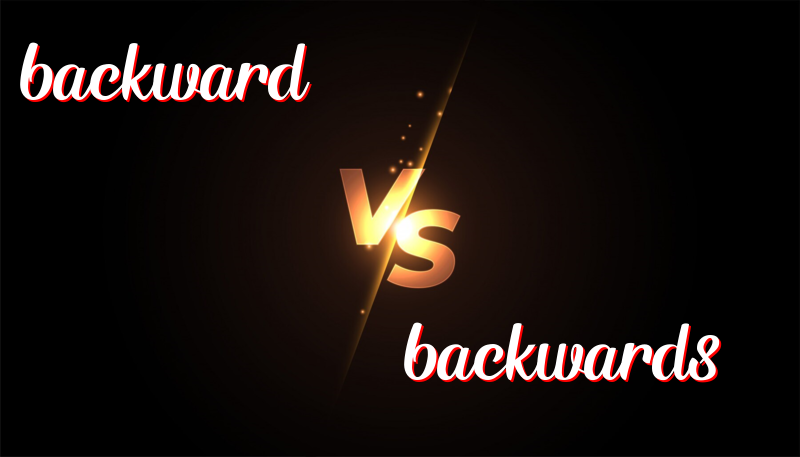Backward vs. Backwards: Understanding the Difference
Backward vs. Backwards
Learning English can be fun! Today, we will talk about two words that are very close: “backward” and “backwards.” Let’s see how they are different and how you can use them.
History of the Words
Both “backward” and “backwards” come from Old English. They mean to move in the direction of your back. Over time, people started using these words in slightly different ways.
How to Use Them
“Backward” is often used in American English. You can use it as an adjective, which means it describes a noun. It shows direction without a ‘-s’ at the end. “Backwards” is more common in British English. It can be an adverb, or it can show how something is done, and so it has an ‘-s’ at the end.
Using “Backward”
- The car moved backward.
- He took a step backward.
- The company is going backward instead of forward.
- She looked backward over her shoulder.
- The child walked backward to the door.
Using “Backwards”
- She walked backwards down the street.
- He turned backwards to see what happened.
- The bike can go backwards.
- If you read this backwards, it still makes sense.
- The dog ran backwards when it saw the cat.
Trick to Remember the Difference
Remember, “backward” is often without an ‘s’ in American English, and “backwards” usually has an ‘s’ in British English. Think of the ‘s’ as standing for “style” in British!
Summary
In summary, use “backward” if you are following American English rules, and use “backwards” if you prefer British English. Both mean a similar thing, moving to the back. Try to use them in your sentences, and you will get better!
Hope this helps you understand the difference between “backward” and “backwards”. Keep practicing and happy learning!

Leave a Reply
You must be logged in to post a comment.